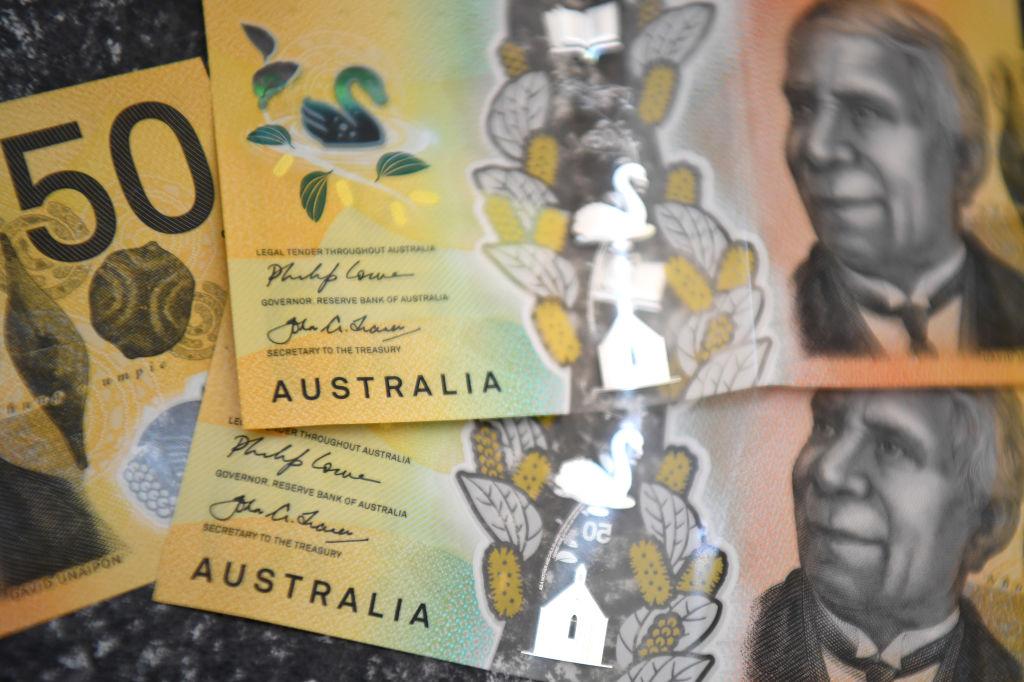Commercial bank cash orders declined during the 2022/23 financial year, with the Reserve Bank of Australia (RBA) issuing just one-third of a typical year’s amount, according to its 2023 annual report (pdf).
The RBA, a wholesale banknote distributor, issued a considerable decrease of around $3.1 billion in banknotes during the year.





